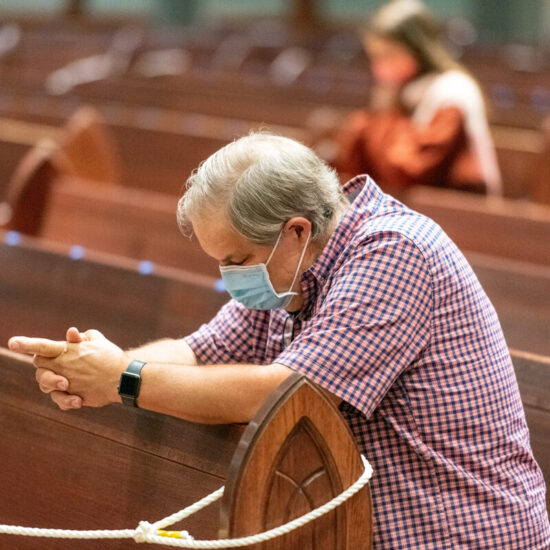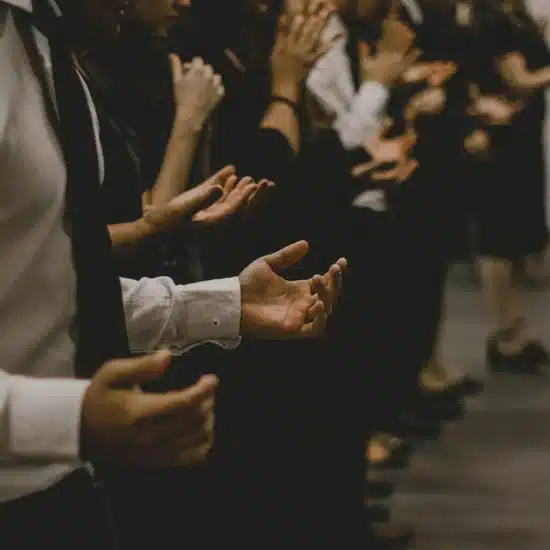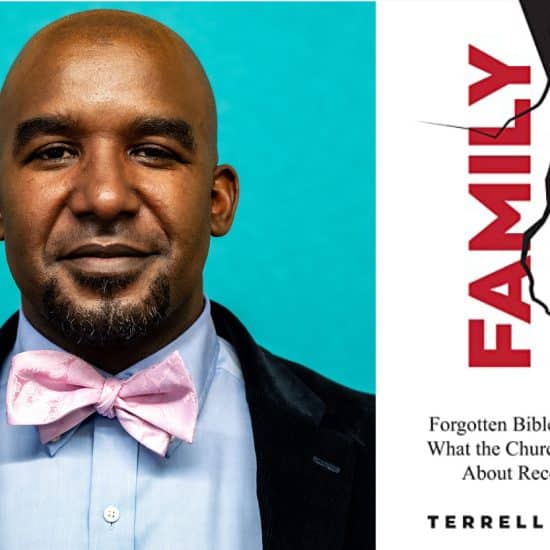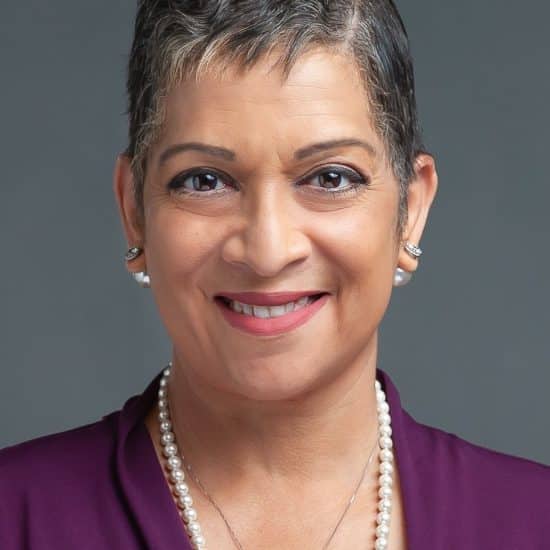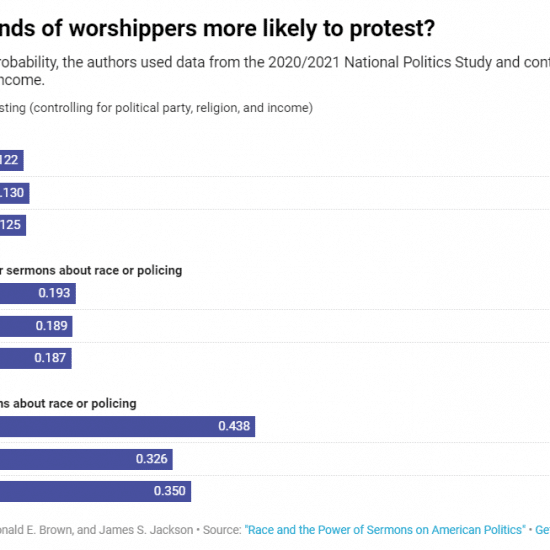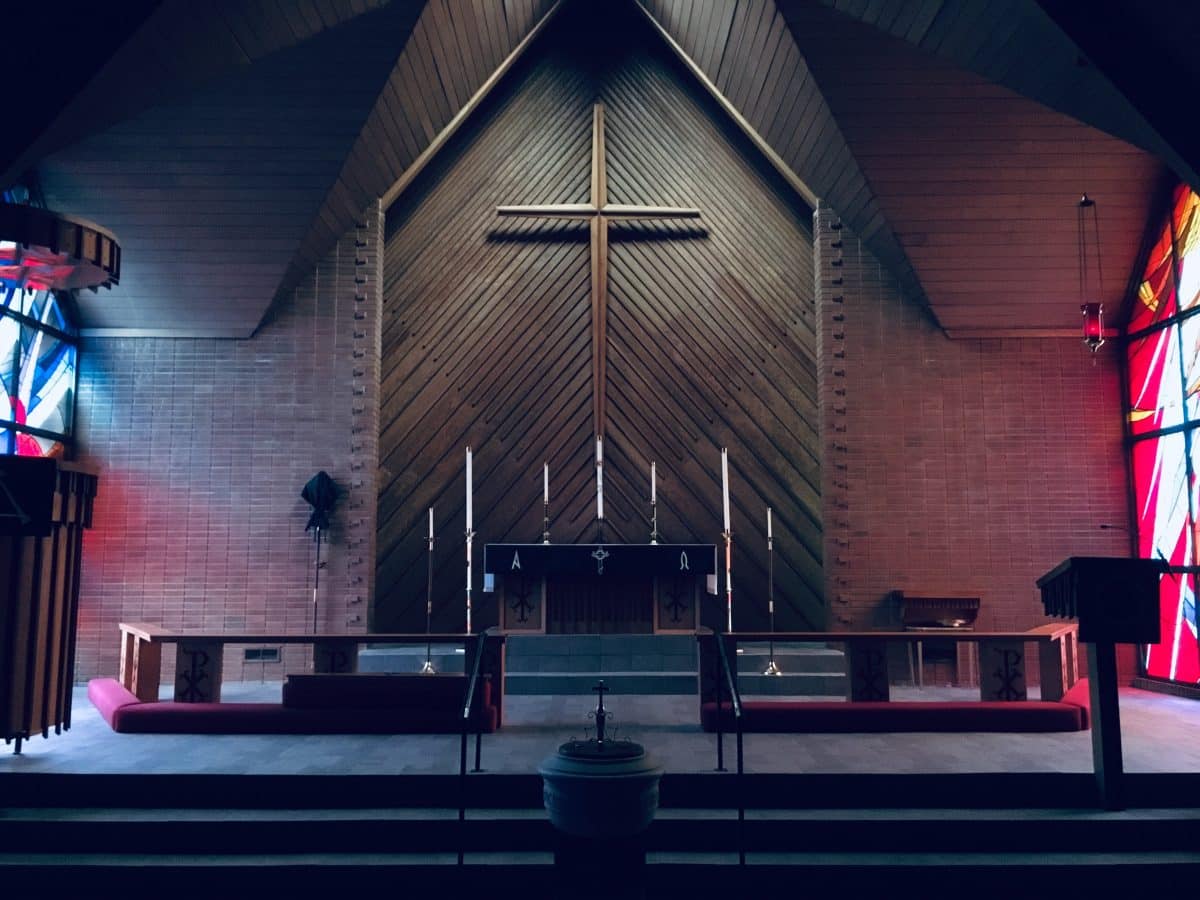
(RNS) — As Holy Week began this year, a Gallup Poll found that church membership in the United States had declined to less than half of the population for the first time. The headline grabbed attention, but it’s mostly unsurprising: In a country where 90% of the 350,000 congregations in the U.S. have a profile older than the general population, time brings an inevitable decline.
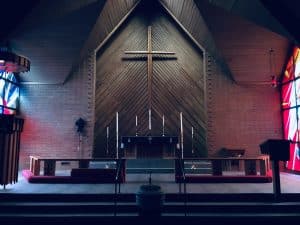
(Joshua Eckstein/Unsplash)
Christians have also suffered self-inflicted damage: Surveys show that the identification of many White evangelicals with former President Donald Trump drove many millennials away, as did the sex abuse scandal in the Catholic Church over the previous decades. “Nones” — those claiming no religious affiliation — are growing, now roughly equaling the number of evangelicals or of Catholics in the U.S.
That all makes for nice sound bites, but it’s not the whole story, and there are realities behind Gallup’s numbers that deserve exploration.
Color matters
What’s dramatically declining in the U.S. is White Christianity. People of color are actually preventing a more precipitous drop in overall church participation. The Assemblies of God, one of the few denominations showing growth, saw its White membership decrease in the 10 years between 2004 and 2014, but nonwhite members increased by 43%, reflecting trends continuing today. One-third of U.S. Catholics are now Hispanic. Without its growing nonwhite members, the Catholic Church would be in free fall instead of remaining at about 22% of the U.S. population.
The nones who enjoy lattes at downtown coffee shops on Sunday mornings instead of singing in church are largely young, hip, and White. But the country’s demographic future as a whole is becoming more racially and ethnically diverse, and this will impact the religious landscape.
Immigration increases religious vitality
The last major reform of immigration law, the Hart-Celler Act of 1965, had the unintended consequence of increasing America’s religious vitality, which continues today. Figures from the 2010 census found that there were 43 million foreign-born residents in the United States, 74% of whom were Christian, 5% Muslim, 4% Buddhist, and 3% Hindu. While figures from the 2020 census are not yet fully available, those same general trends will likely hold true.
Sociologists also report that the experience of immigration increases the intensity of whatever religious convictions are held by migrants. They find religious homes in the U.S. within existing congregations and through establishing new ones, often using the facilities of declining churches. Denominations rooted in Africa and Asia now have hundreds of congregations throughout the U.S., which continue to grow. As much as Hispanics have supported Catholicism’s numbers, today there are more Latinx Protestants in the U.S. than Episcopalians.
Are mainline Protestants no longer declining?
The latest available data from the General Social Survey, a major tool for sociologists, shows that the percentage of mainline Protestants in the U.S. recently increased for the first time in nearly 30 years, from 10.2% to 10.8%, while Catholics and evangelicals showed a moderate decline. Researchers caution that subsequent data would be needed to verify a trend. Yet the graph of steady, relentless decline, stopped by a sharp recent uptick, can’t be ignored.
For many, “evangelical” has become more of a cultural and political label in the U.S. than a theological one. Some evangelicals who left versions of Republicanism defined by Trump also discarded that religious brand and migrated to more mainline congregations.
Religious exploration versus organization
The decline of membership in churches, synagogues, and mosques cannot be equated with decline in religious curiosity or practice. When nones are asked why they have disaffiliated from any religious organization, only 22% say it is because they do not believe in God. The primary challenge facing pastors, rabbis, and imams is how to invite nonmembers into an authentic experience of God rather than persuade them to join or rejoin a religious organization.
Charles Taylor, who wrote the masterful A Secular Age, argues that secularization, rather than subtracting religion from the public square, creates new occasions for spirituality to leach out, sometimes in unconventional ways. One example, prior to COVID, was the growing popularity of pilgrimages and retreats. More than a quarter million pilgrims walked the Camino de Santiago in Spain in 2019. During my time there, I’d estimate that only 1 in 10 pilgrims I met were active in any church or organized religion. Yet nearly all were entertaining a spiritual quest.
The religious landscape, in other words, is changing in dramatic and complex ways, and America’s religious life will be shaped not by secularization alone but by whether existing religious institutions simply retrench and atrophy, or whether they refashion themselves through a creative engagement with the changing culture.
Wesley Granberg-Michaelson served as general secretary of the Reformed Church in America for 17 years. His most recent book is Without Oars: Casting Off Into a Life of Pilgrimage.

